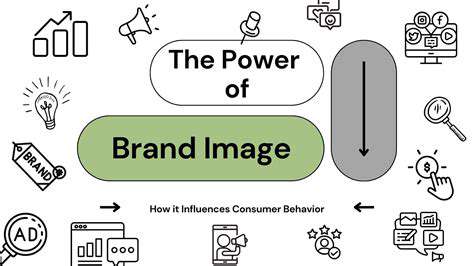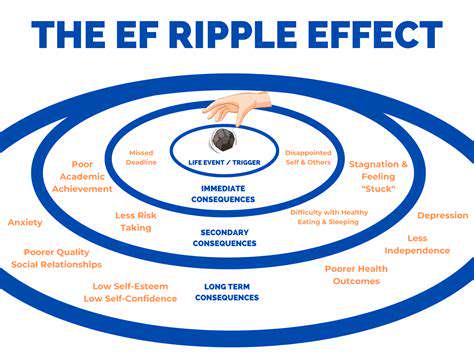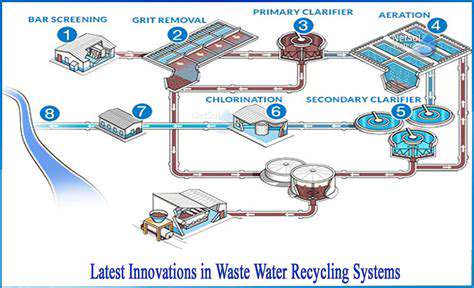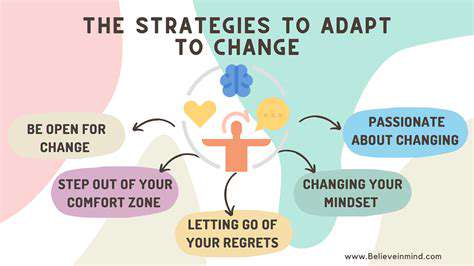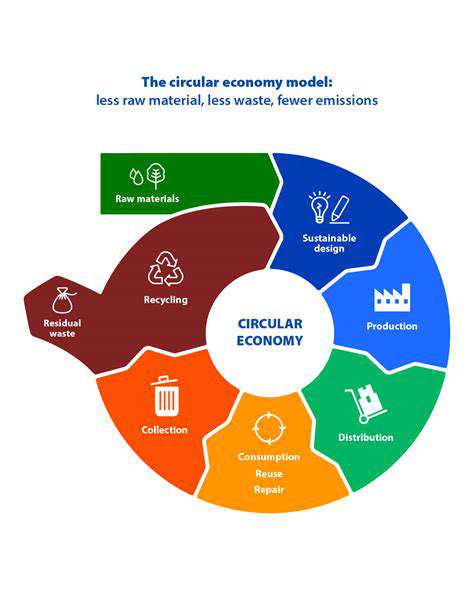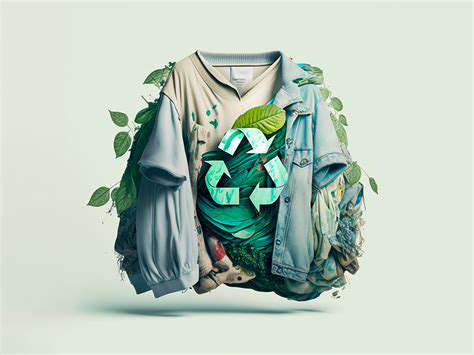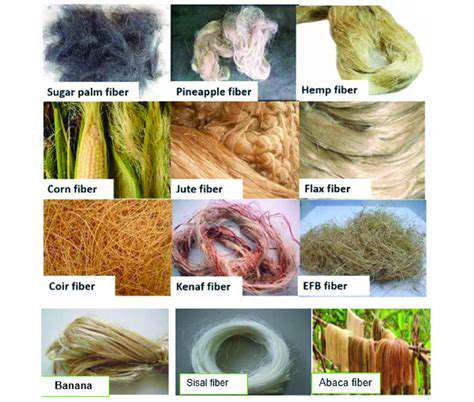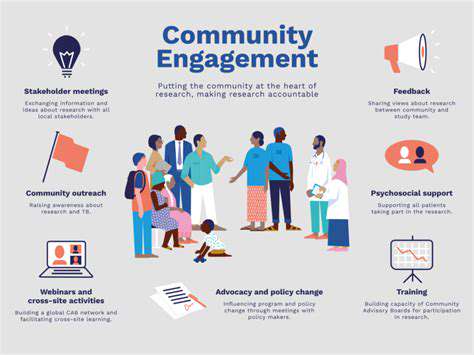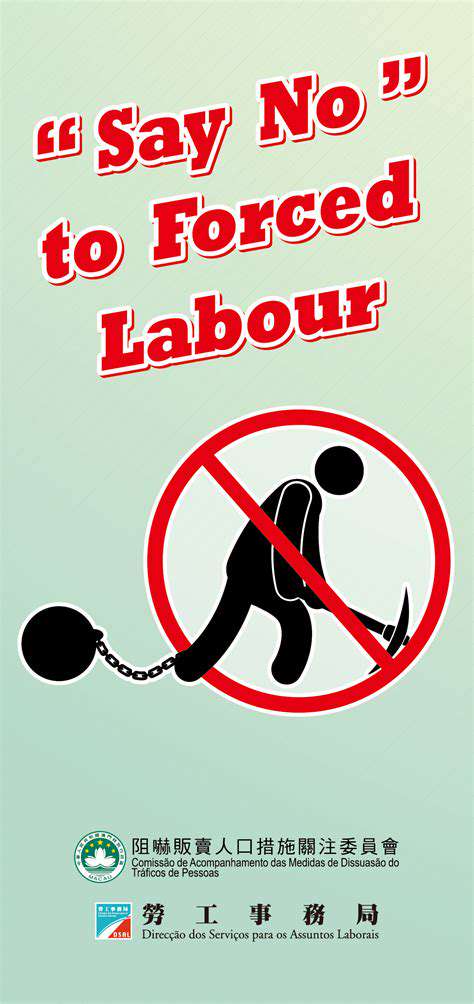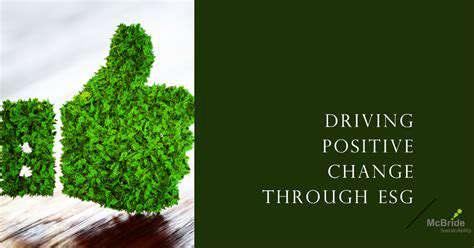Education for Circularity: Empowering Change Makers
Effective circular education spans across traditional subject boundaries. Science classes can explore material science breakthroughs that enable better recycling, while social studies might examine how circular models benefit developing nations. Business courses could analyze companies successfully implementing circular strategies, and art classes might focus on creative reuse of materials. This cross-curricular approach helps students see how circular principles apply in diverse contexts.
Skills Development for Circular Economy Professionals
The workforce needed for a circular future requires both technical expertise and systems thinking. Educational programs must cultivate professionals who understand material flows, can design for disassembly, and know how to establish effective take-back systems. Perhaps most importantly, they need problem-solvers who can bridge the gap between environmental goals and business realities. Practical internships with circular businesses and certification programs in specialized areas like industrial symbiosis are proving particularly effective.
Promoting Circularity Awareness in the Community
Community education plays a vital role in normalizing circular behaviors. Local repair cafes, where people can bring broken items to be fixed, demonstrate circular principles in action. Neighborhood composting initiatives teach valuable skills while reducing landfill waste. Libraries of things, where residents borrow infrequently used items instead of buying them, show how sharing models can work in practice. These grassroots efforts complement formal education by making circular living accessible to all ages and backgrounds.
Measuring and Evaluating Circularity Initiatives
Tracking progress in circular education requires innovative metrics. Beyond testing knowledge retention, effective programs measure behavioral changes like increased participation in recycling or reduced single-use consumption. Some schools track the volume of materials diverted from landfills through student projects. Businesses partnering with educational institutions often measure how new hires apply circular thinking in the workplace. These diverse metrics help refine educational approaches to maximize real-world impact.

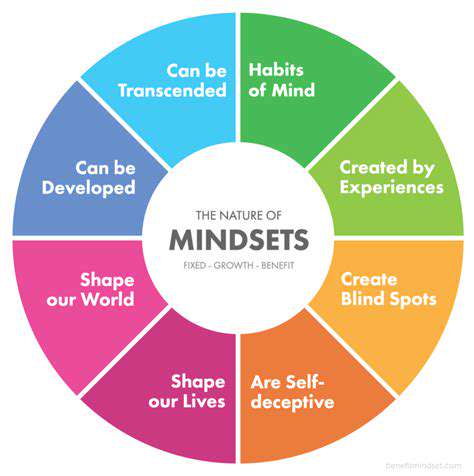
Empowering Change-Makers Through Interdisciplinary Collaboration
Fostering Innovation through Diverse Perspectives
Bringing together diverse fields creates richer solutions to circular economy challenges. When engineering students collaborate with business majors and social scientists, they develop solutions that are technically feasible, economically viable, and socially beneficial. Some universities now host circular hackathons where mixed teams compete to solve real sustainability problems. These experiences demonstrate how breaking down academic silos leads to more comprehensive and practical solutions.
Developing Practical Skills for Circular Economy Implementation
Hands-on learning opportunities prove most effective for skill development. Some progressive schools have established maker spaces where students repair electronics or transform waste materials into new products. Others partner with local businesses to analyze their waste streams and propose circular alternatives. These experiences build both technical abilities and the confidence to implement circular solutions in professional settings.
Building a Culture of Sustainability and Social Responsibility
True circular education addresses both environmental and social dimensions. Courses might examine how circular models could provide affordable housing through recycled materials, or how repair economies can create jobs in disadvantaged areas. Service learning projects that address local sustainability challenges help students understand their role as responsible citizens. This holistic approach ensures the circular transition benefits all members of society, not just those who can afford sustainable products.
Empowering Students as Change Agents in a Sustainable Future
The most impactful circular education programs position students as active participants rather than passive learners. Student-led initiatives like campus composting programs or clothing swap events allow them to apply their knowledge while influencing their communities. Some schools support young entrepreneurs developing circular business ideas through incubator programs. By giving students real agency in solving sustainability challenges, we cultivate the leaders who will drive the circular economy forward.
